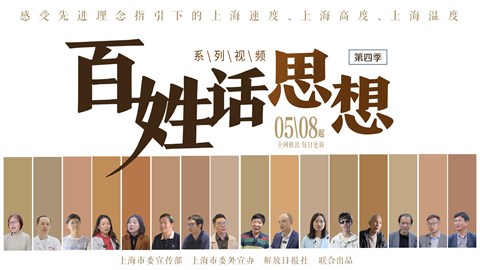Zhejiang to mark Spring Festival with museum activities

Zhejiang Provincial Museum
The Zhejiang government will start the “Celebrating Chinese New Year in Museums” project in 100 museums, galleries, and public spaces during the holiday, with approximately 290 exhibitions, intangible cultural heritage performances, and interactive activities.
“The project aims to provide people with an innovative, creative, and meaningful Chinese New Year holiday,” said Zhu Haimin, director of the Institute of Zhejiang Archaeology. “These events will enrich the festive vibe and encourage people to learn more about the fruitful results of archeology in Zhejiang.”
One of the attractions is the ongoing display at the Zhejiang Provincial Museum. Visitors can explore around 20 national top-flight antiques on loan from 21 institutions in Zhejiang Province until April 6.
The displays include an extraordinary ink-wash painting of Emperor Qianlong’s “Map of the Detached Imperial Residence on the West Lake,” which depicts the imperial residence as well as the stunning scenery and historic landmarks on the West Lake from centuries ago.
It is thought to be the sole artwork showing the imperial family’s visit to West Lake during the Qing Dynasty (1644-1911). The emperor visited the lake several times. The royal court commissioned Guan Huai, a Hangzhou native painter, to create this painting.
“For many years, the painting has served as the centerpiece of the West Lake Museum. It is invaluable due to the combination of realistic and creative painting styles,” said Pan Cangsang, curator of the West Lake Museum.
The painting was a crucial document for applying for UNESCO World Heritage Site status in 2010, as it shows that the layout and scenic charms of the West Lake have remained intact for nearly two centuries.
Another centerpiece is a Qing Dynasty (1644-1911) scepter from the Jingning County She Minority Museum.
Hundreds of years ago, the She (畲) ethnic group moved from Fujian Province to central Zhejiang Province’s hilly regions. They have managed to maintain their distinct culture and traditions.
For millennia, the exhibited scepter symbolized the tribal leader’s unrivaled power. It’s painted in crimson lacquer and carved with a dragon head and auspicious cloudy patterns.
“The scepter is rarely displayed in public, except during important rituals and worship ceremonies,” said Mei Lihong, curator of the Jingning County She Minority Museum. “It has been considered a sacred relic handed down for generations.”
A Southern Song Dynasty (1127-1279) silk garment made of sheer silk with a painted collar also attracted a large number of visitors to the site. Though the silky texture has faded over time, the complex collar designs and beautiful design convey the user’s high social status.
“This jacket is too valuable to be loaned to other museums because it is the centerpiece of our museum,” said Ji Xiaofen, curator of the China National Silk Museum.
In addition to antiques, the display features discoveries from Zhejiang Province. Jinyunpelta sinensis, a kind of Ankylosaurus, is named after Jinyun County in western Zhejiang, where paleontologists discovered it. The county is home to several dinosaur fossils.
Ankylosaurus is known for its huge bony club at the end of its tail. So far, just a few specimens have been discovered with the club. Paleontologists discovered the Ankylosaurus with a massive clubbed tail in Jinyun in 2008, after which they spent six years digging 300 fossils and another five years reconstructing the skeleton. The exhibited bony-club tail was the first discovered in Zhejiang, illustrating the natural habitat millions of years ago.
Last February, Zhejiang Province launched a selection process to go through museum collections in 11 places and select the top 100 artifacts. The top 100 items would be divided into phases and displayed in the Zhejiang Provincial Museum’s Zhijiang Pavilion. The ongoing show is the second part.
The displays are incredible treasures, with unique Zhejiang elements and identities. Although selecting the top 100 treasures from all of Zhejiang’s museums is tough for curators, given the province’s millennium-old culture, they believe the top-tier treasures will provide tourists with a window into the province’s past.
Zhejiang Provincial Museum
Opening hours: 9am-5pm (closed on Mondays)
Venue: Zhijiang Pavilion of Zhejiang Provincial Museum, Zhijiang Culture Center 之江文化中心
Address: 300 Jianghan Rd 江涵路300号

Ji Xiaofen introduces the Southern Song Dynasty silk jacket.















